Russia has World’s Most Engaged Social Networking Audience
July 22nd, 2009 — idteamBy Karina Alexanyan
According to a recent report by ComScore, based on data from its World Metrix audience measurement service, Russians are the world’s most engaged social networkers. ComScore’s report is based on data collected over May 2009. According to the report, 1.1 billion people aged 15 or older went on line during that month, and 65% of those – or 734.2 million people – visited at least one social networking site.
According to ComScore’s measurements, Russians use social networking sites at a rate that far exceeds the global average – spending 6.6 hours per month on social networking sites (rather than the average 3.7), and viewing 1307 pages, rather than than the usual 525.
Russia was topped the list of 40 countries that Comscore measured. Brazil ranked close behind at 6.3 hours, followed by Canada (5.6 hours), Puerto Rico (5.3 hours) and Spain (5.3 hours). The U.S is at number 9, with 4.2 hours.
|
Top 20 Highest Engagement Social Networking Country Audiences |
||
| Country | Average Hours per Visitor | Average Pages per Visitor |
| World-Wide | 3.7 | 525 |
| Russia | 6.6 | 1,307 |
| Brazil | 6.3 | 1,220 |
| Canada | 5.6 | 649 |
| Puerto Rico | 5.3 | 587 |
| Spain | 5.3 | 968 |
| Finland | 4.7 | 919 |
| United Kingdom | 4.6 | 487 |
| Germany | 4.5 | 793 |
| United States | 4.2 | 477 |
| Colombia | 4.1 | 473 |
| Mexico | 4.0 | 488 |
| Chile | 4.0 | 418 |
| Ireland | 3.8 | 462 |
| Turkey | 3.7 | 427 |
| Venezuela | 3.7 | 454 |
| France | 3.6 | 526 |
| Australia | 3.4 | 374 |
| New Zealand | 3.4 | 386 |
| Switzerland | 3.2 | 430 |
| Italy | 3.2 | 39 |
Source: Comscore
According to Comscore, 59% of Russia’s monthly internet audience (about 19 million) visited at least one social networking site in May, 2009. It is worth noting that this percentage is based on numbers that are slightly lower than FOM’s measurements for the same time period. Where Comscore reports a monthly internet audience of 15 and older in Russia of about 32 million people –FOM measures Russia’s monthly internet audience of adults 18 and older at 35 million.
Judging from their data, three Russian based sites clearly dominate online social networking – Vkontakte.ru (similar to Facebook) with 45% of the total internet audience, followed by Odnoklassniki.ru, (similar to Classmates) with almost 25%, and “My World” on Mail.ru, with 20% of the audience. The remaining sites have under 5% each.
*Out of the 38 individual countries currently reported on by comScore around the world.
**Excludes traffic from public computers such as Internet cafes or access from mobile phones or PDAs.
Vkontakte.ru is Russia’s Largest Social Networking Site
Of the 31.9 million people who accessed the Internet in Russia in April, 18.9 million visited at least one social networking site, representing a reach of 59 percent of the total online population. The most popular of these sites was Russian-based Vkontakte.ru with 14.3 million visitors, followed by Odnoklassniki.ru (7.8 million visitors), Mail.ru – My World (6.3 million visitors) and Fotostrana.ru (1.6 million visitors). Facebook.com attracted 616,000 Russian visitors, up 277 percent versus year ago.
|
A Selection of Leading Social Networking Sites in Russia |
||
| Property | Total Unique Visitors (000) | % Reach of Total Online Population |
| Total Russian Internet Audience | 31,907 | 100% |
| Social Networking | 18,877 | 59% |
| Vkontakte.ru | 14,310 | 45% |
| Odnoklassniki.ru | 7,750 | 24% |
| Mail.Ru – My World | 6,321 | 20% |
| Fotostrana.ru | 1,624 | 5% |
| Privet.ru | 942 | 3% |
| Moikrug.ru | 839 | 3% |
| Facebook.com | 616 | 2% |
| Steamcommunity.com | 433 | 1% |
| MySpace Sites | 371 | 1% |
| Vkrugudruzei.ru | 214 | 1% |
Source: Comscore
It is interesting to note that this data does not consider LiveJournal as a social networking site. LiveJournal is Russia’s most popular blog hosting service, but it is more of a blog/social networking hybrid, as it has many social networking features such as a “friends” lists, communities etc. Including LJ data in this measurement would cause the numbers to skyrocket even further.


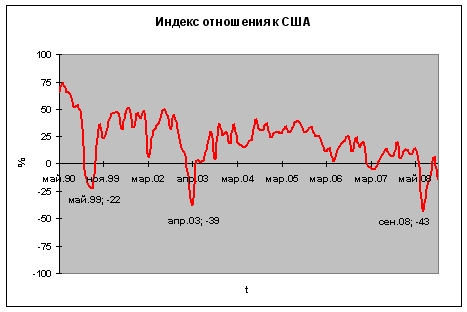

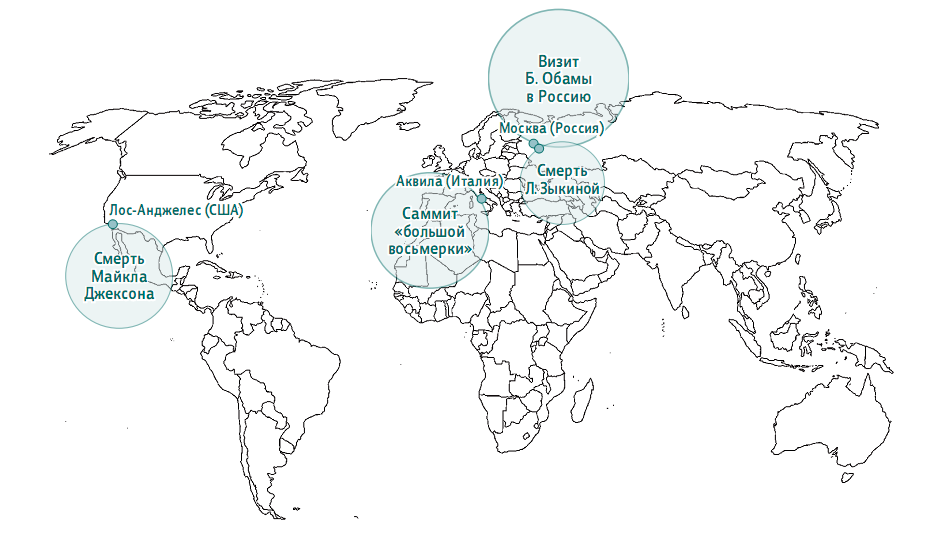


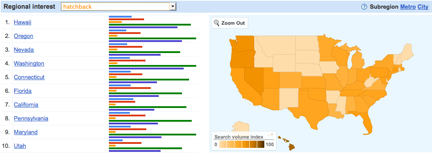


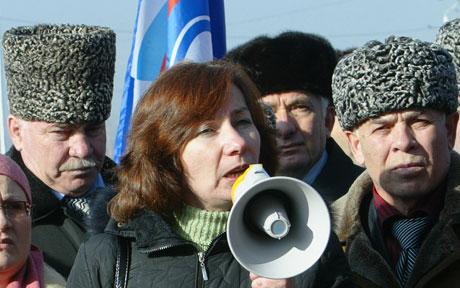
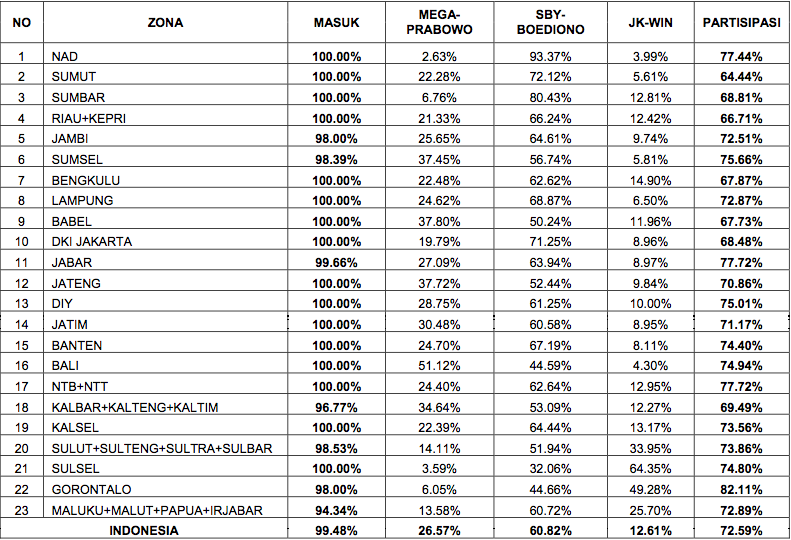

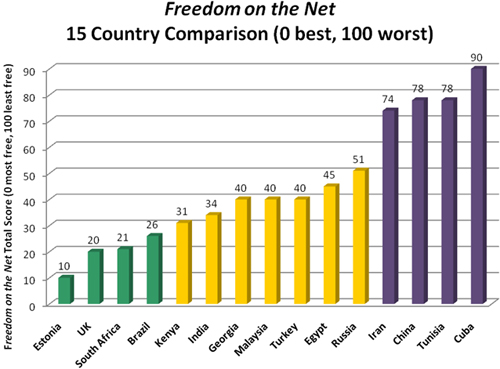


 Click Here
Click Here